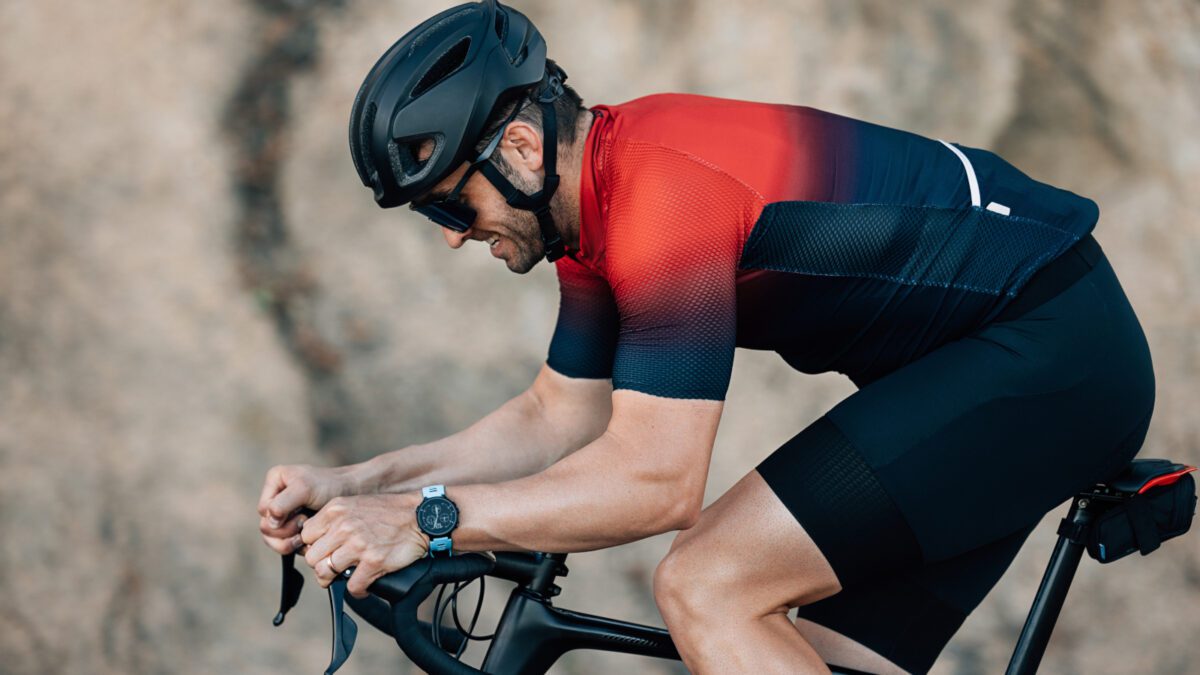How much can I realistically increase my FTP this season?
Coach Peter Glassford does a deep dive into what you can achieve, and how to do it
 Photo by:
Getty Images
Photo by:
Getty Images
Spring is around the corner, so naturally…let’s talk FTP, right? FTP (Functional Threshold Power), is a metric used in cycling to determine the highest average power output a rider can sustain for an hour. It serves as a crucial benchmark for training intensity and helps cyclists tailor their workouts for improved performance. If you have a power meter, then you’re bound to have wondered how to get it higher. The question is, how much can you accomplish over the course of a season? Whether you’re racing or doing group rides, or simply training with intensity, it’s a good question.
Lots of factors that affect your FTP
Peter Glassford, a cycling coach for over 20 years and co-owner of Consummate Athlete, says it depends on several factors. How much you’ve been riding, of course, is the first one.
“If we have a beginner cyclist and they’re going to do something like a 20 or 30 minute time trial, we’re going to try and guess at what their FTP is based off of that. Maybe they’re only getting up to 100ish watts because they’ve not done a lot of endurance sport, and they’re still figuring out cadence and gearing. There’s a lot of room there to improve,” he said. “Some of them could get up into the two hundreds. In that case, you could easily see anywhere from the bare minimum of five, all the way up to 20 per cent as an estimate for this assuming that someone has a little small amount of experience.”
You can’t control all factors
Glassford says there are a few factors that you can’t control, along with some you can when it comes to determining how much you can increase your fitness.
“Of course some of this depends on genetics, which we can’t do a lot about, but it also depends on how much time you have available to train. I had a higher FTP when I was willing to train a lot and now I don’t really want to train as much,” he explains. “So there’s this question of how much would it increase and then also, how much are you willing to work to increase it? There’s also of course the level you’re at. I’m relatively fit, for example.”
So what about riders who are are not beginners? Those who have been training hard, and hope to increase their fitness for local races or group rides?
“For someone who isn’t a beginner, likely a goal of 10 per cent improvement in a year is a rough target to set after a few years of training,” he said. He’s talking about someone who is used to training, and can deal with the physical and psychological strain of extended efforts. So if your current FTP is say, 250, you could increase it to 275 this season.
Experienced riders are going to have less of a gain, but that makes total sense. A beginner in cycling, still learning to achieve proper cadence and pace, can make significant progress quickly. Whether you are new or experienced, Glassford has some tips for doing a useful FTP test, and how to increase it this season.
Test it in the natural environment
Glassford believes that where you do the FTP is crucial, especially if you’re planning on racing. That doesn’t just mean if it’s on the trainer or your outdoor bike, either.
“A lot of the times I’ll see people do an indoor FTP test, but I’d rather see a gravel racer do it on gravel, a road racer do it on the road or a mountain biker on a mountain bike course,” Glassford adds. “That makes it a little messier as far as testing but does help us to decide if the person is, say an off-roader, they know how to steer around trees.
He also sas that you should do it on the bike you’re going to actually race on. It can be a really nice way to change up the activity, he adds. “When we’re talking about FTP, it’s not strictly just about the power in my opinion,” he says. “Can you put the power in the environment–I mean carefully, not worried about cars or trees–that you’re in? This way you can set up another element to your FTP: how well you can use that power.”
FTP workouts to try this year
Nothing says fun like FTP workouts, right? Well good news, Glassford has a killer one for you.
“If you’re going to try and train FTP, one of my favourites is I call it a ‘slow boil’,” he says. “You start at a tempo effort and then sweet spot effort, then a threshold effort, and I would start someone with three by 10 minutes,” he says.
Glassford said that the workout is really just about negative splitting. That means riding moderately to start and then you have to go a little bit faster or a little bit higher power on the next one and then a little bit higher power on the next one. But the last effort shoud never be fully max, he advises. Why? Because you want to be able to finish this workout several times.
Beyond watts: Decoding the hidden strategies of being a good bike racer
“Eventually this can progress to 2 by 20 or 3 by 15, but that idea of slow boil and working on pacing and really really knowing where that threshold is. It can be super valuable for athletes and maybe they’ve lived in that sort of Strava environment where everything is just max one time and fading and blowing up,” Glassford says.
What does it all mean?
So the question is, just what is threshold? What is the quasi-steady-state power that we hold for an extended period of time, which is usually longer than most people train? In terms of working on raising yout FTP, a progressive form of workout is ideal.
“With my clients, I start with 3 by 10 minutes and I’d love to see someone get up to like a 3 by 15 minutes or even a three by 20 where they can go moderate, a little harder and then a little harder,” he says. This last phase is essentially just underneath that threshold value.
“So we really start demystifying this threshold and what it is and maybe even needing to test that because you’re training so well with that and you’re getting so much experience, he adds. “And then also can you do that with this workout where we’re actually using that information and then triangulating what is sustainable for us rather than trying to use like a vanity metric and bump the FTP for no reason.”
So if you are keen to increase your FTP and get a little fitter–remember it’s not just only about the number, but how you use it. Furthermore, by testing it in the proper environment, you can be a little more specific to your race so that you can learn more about your body and also…have a little fun.
